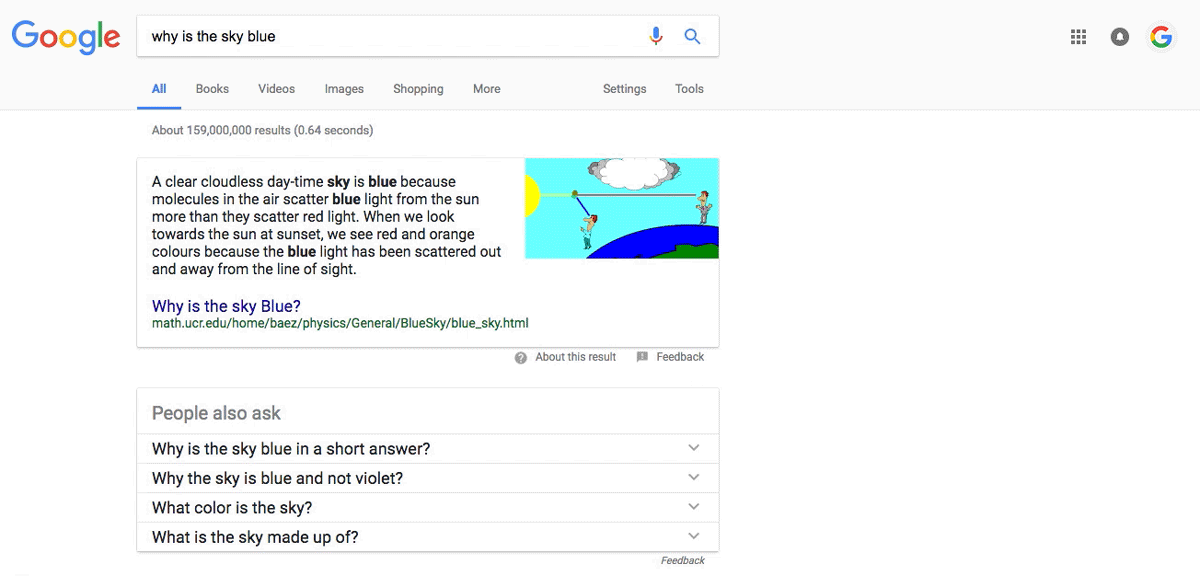Search has come a long way from PageRank to Panda and Penguin. Google in a recent blogpost talked about how they plan to continue surfacing high quality content from the web. This includes improvements in Search Ranking, making it easy to provide feedback, and more transparency around how search works.
Search Rankings
Google says around 0.25% of the daily traffic has been returning offensive or misleading content. To prevent this, evaluation methods have been improved and algorithmic changes to present more authoritative content.
New Search Quality Rater Guidelines: “Developing changes to Search involves a process of experimentation. As part of that process, we have evaluators—real people who assess the quality of Google’s search results—give us feedback on our experiments.” Google updated their Search Quality Rater Guidelines last month that provided detailed examples of how low quality pages for raters to flag. These webpages can include misleading information, offensive results, hoaxes and unsupported conspiracy theories.
Ranking Changes: Hundreds of signals are combined to determine the results to be shown for a query. “We’ve adjusted our signals to help surface more authoritative pages and demote low-quality content, so that issues similar to the Holocaust denial results that we saw back in December are less likely to appear.”
Direct Feedback Tools
The content appearing in Autcomplete is algorithmically generated. This sometimes leads to results that are unexpected, inaccurate or offensive. “Starting today, we’re making it much easier for people to directly flag content that appears in both Autocomplete predictions and Featured Snippets. These new feedback mechanisms include clearly labeled categories so you can inform us directly if you find sensitive or unhelpful content”

Greater Transparency About The Products
15% new searches are conducted everyday and there are trillions every year. “we recently updated our How Search Works site to provide more information to users and website owners about the technology behind Search. The site includes a description of how Google ranking systems sort through hundreds of billions of pages to return your results, as well as an overview of our user testing process.”




